Introduction
Strawberries, with their vibrant red hue, juicy texture, and sweet-tart flavor, are celebrated as a quintessential summer fruit. Often enjoyed fresh in salads, smoothies, or as a standalone snack, they symbolize freshness and vitality. However, a common culinary query persists: Can strawberries be cooked, and if so, how does cooking alter their taste, texture, and nutritional value? This article delves into the science, history, and creativity behind cooking strawberries, exploring various methods, culinary applications, and the surprising benefits of transforming this beloved fruit through heat.
The Nutritional Profile of Strawberries
Before diving into cooking techniques, it is essential to understand the nutritional composition of strawberries. A 100-gram serving of raw strawberries provides approximately 32 calories, 7.7 grams of carbohydrates, 2 grams of fiber, and negligible fat and protein. They are rich in vitamin C, manganese, folate, and antioxidants such as anthocyanins and ellagic acid. These compounds contribute to their anti-inflammatory and potential cancer-fighting properties.
Cooking strawberries, however, can alter their nutritional content. Heat may degrade certain heat-sensitive vitamins, such as vitamin C, but it can also enhance the bioavailability of other nutrients. For instance, lycopene, a carotenoid found in tomatoes, becomes more accessible when cooked, though strawberries are not a primary source of this nutrient. The impact of cooking on strawberries’ nutritional value is nuanced and depends on the method and duration of heat application.
Cooking Methods for Strawberries
- Baking
Baking strawberries is a popular method, often employed in pies, tarts, cobblers, and cakes. When exposed to dry heat in an oven, strawberries soften, releasing their natural juices, which thicken and caramelize. This process intensifies their sweetness while reducing acidity.
Technique: Preheat the oven to 350°F (175°C). Toss hulled strawberries with sugar, lemon juice, and a pinch of salt. Spread them evenly in a baking dish and roast for 15–20 minutes until tender. Baking concentrates flavors, making the fruit ideal for fillings or toppings.

- Sautéing
Sautéing strawberries in a pan with butter or oil creates a rich, syrupy consistency. This method is ideal for reducing the fruit’s water content and creating a decadent sauce for ice cream, pancakes, or yogurt.
Technique: Melt a tablespoon of unsalted butter in a skillet over medium heat. Add sliced strawberries and a teaspoon of sugar. Sauté for 5–7 minutes, stirring gently, until the fruit softens and the juices thicken. For depth, add a splash of balsamic vinegar or a vanilla pod.
- Grilling
Grilling strawberries imparts a smoky char while preserving their structural integrity. This technique is perfect for garnishing salads, desserts, or cocktails.
Technique: Preheat a grill to medium-high heat. Thread whole strawberries onto skewers to prevent slipping. Brush with honey or olive oil and grill for 2–3 minutes per side until grill marks appear. The heat caramelizes the natural sugars, creating a complex flavor profile.
- Preserving (Jams, Jellies, and Compotes)
Cooking strawberries with sugar and pectin transforms them into preserves, extending their shelf life and concentrating their taste.
Technique: In a heavy-bottomed pot, combine 4 cups of hulled strawberries, 2 cups of sugar, and 2 tablespoons of lemon juice. Cook over low heat, stirring occasionally, for 30–40 minutes until the mixture reaches 220°F (104°C). Store in sterilized jars for a tangy-sweet spread.
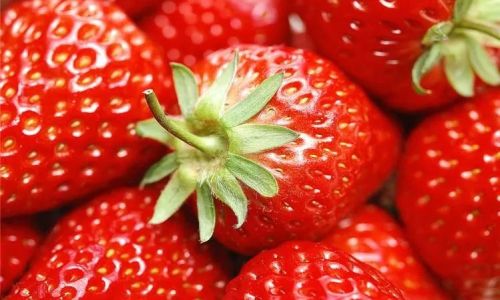
Culinary Applications of Cooked Strawberries
-
Desserts
Cooked strawberries are a cornerstone of classic desserts. Strawberry rhubarb pie, a beloved American treat, pairs tart rhubarb with sweetened, baked strawberries. In France, fraisier cakes feature layers of génoise sponge, pastry cream, and glossy strawberry gélee. Modern chefs also incorporate roasted strawberries into parfaits, mousses, and sorbets. -
Sauces and Compotes
A reduced strawberry sauce, enhanced with spices like cinnamon or cardamom, elevates breakfast dishes such as waffles or oatmeal. In savory contexts, a balsamic-strawberry reduction pairs brilliantly with grilled meats like pork or duck, balancing richness with acidity.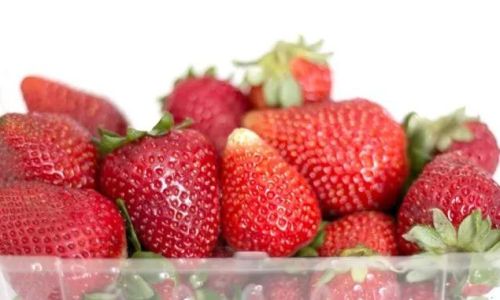
-
Savory Dishes
While less common, cooked strawberries can enhance savory preparations. A strawberry-chili glaze for roasted chicken or a strawberry-pepper salsa for fish tacos introduces unexpected sweetness and complexity.
The Science Behind Cooking Strawberries
Cooking strawberries involves several biochemical processes. Heat breaks down pectin, a structural carbohydrate in cell walls, softening the fruit. Simultaneously, sugars caramelize, and organic acids like citric and malic acid evaporate, reducing tartness. The Maillard reaction, a chemical reaction between amino acids and reducing sugars, occurs at higher temperatures, creating browned, flavorful compounds.
However, overcooking can lead to mushiness and a loss of volatile aroma compounds, such as furaneol, which contributes to strawberries’ distinct scent. Balancing cooking time and temperature is crucial to preserving flavor and texture.
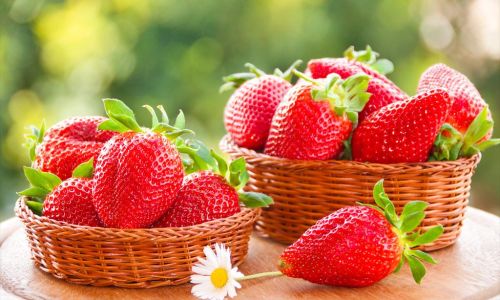
Historical and Cultural Perspectives
The practice of cooking strawberries dates back centuries. Ancient Romans incorporated them into cooked dishes, believing they had medicinal properties. In 18th-century Europe, strawberry preserves were a luxury, symbolizing hospitality. Today, cooking strawberries remains a global tradition, from Japanese ichigo daifuku (strawberry mochi) to Mexican fresas con crema (strawberries in sweetened cream).
Health Considerations
While cooking strawberries reduces vitamin C content, it may increase the availability of certain antioxidants. A 2010 study published in the Journal of Agricultural and Food Chemistry found that baking strawberries at 350°F (175°C) for 20 minutes increased their total phenolic content, potentially enhancing anti-inflammatory effects. However, individuals with fructose malabsorption or irritable bowel syndrome (IBS) should consume cooked strawberries cautiously, as heating does not significantly reduce fructose levels.
Tips for Cooking Strawberries
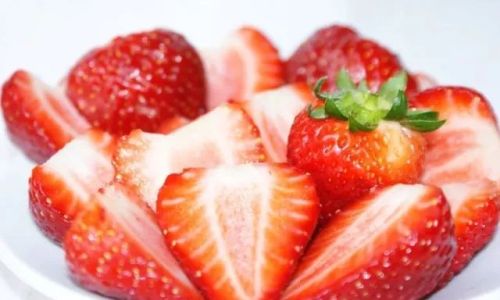
- Select Ripe Fruit: Overripe strawberries may become mushy when cooked, while underripe ones lack sweetness.
- Adjust Sweetness: Taste before cooking and add sugar or honey sparingly, as heat intensifies natural sugars.
- Enhance Flavor: Pair with complementary ingredients like lemon zest, black pepper, or mint.
- Preserve Texture: For sauces, mash lightly; for fillings, keep chunks intact.
- Avoid Overcooking: Remove from heat once juices thicken to prevent caramelization into jam.
Conclusion
The question of whether strawberries can be cooked deserves a resounding yes. Cooking transforms this humble fruit into a culinary chameleon, adaptable to sweet and savory dishes alike. From the smoky allure of grilled strawberries to the comforting warmth of a strawberry-rhubarb pie, heat unlocks layers of flavor and texture unattainable in their raw state. While purists may argue for the fruit’s pristine freshness, adventurous cooks recognize cooking as a gateway to expanding strawberries’ culinary legacy. As research continues to unveil the nutritional benefits of cooked strawberries, one thing is clear: this versatile fruit deserves a place in both the dessert bowl and the skillet. So, the next time you find yourself with a surplus of strawberries, don’t hesitate to experiment—your taste buds (and dinner guests) may thank you.
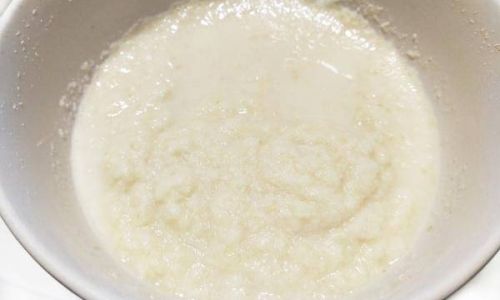
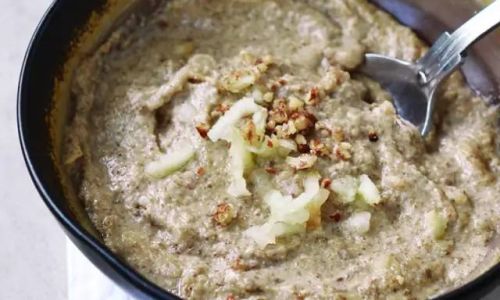
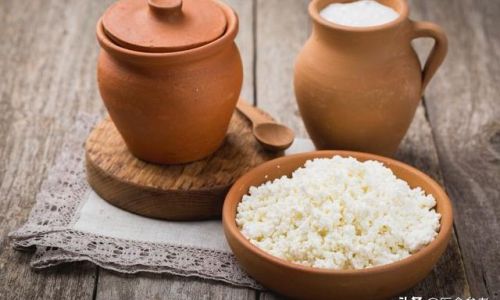
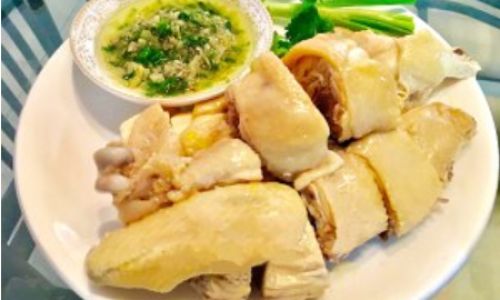
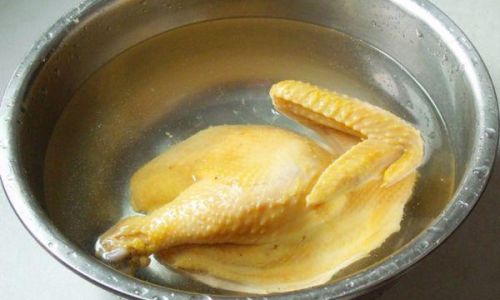

0 comments